A collection of posts, both Dartmoor and further afield, by Paul Buck that originally appeared on the blog www.moorlandwalks.co.uk
- Dartmoor Discovered: Flock O’ Sheep Rocks
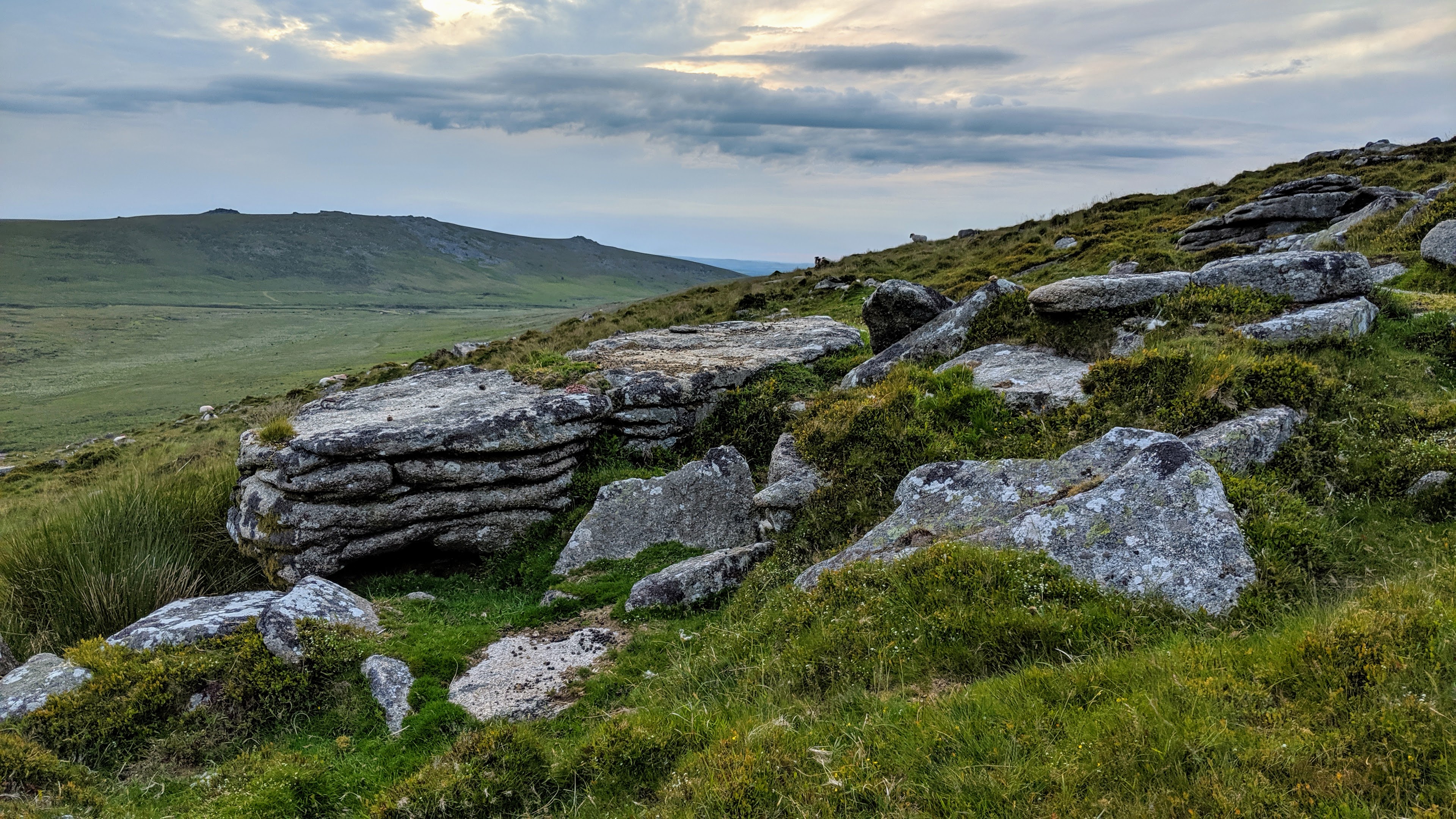 by Tim Jenkinson
by Tim Jenkinson - Hucken Tor, Dartmoor
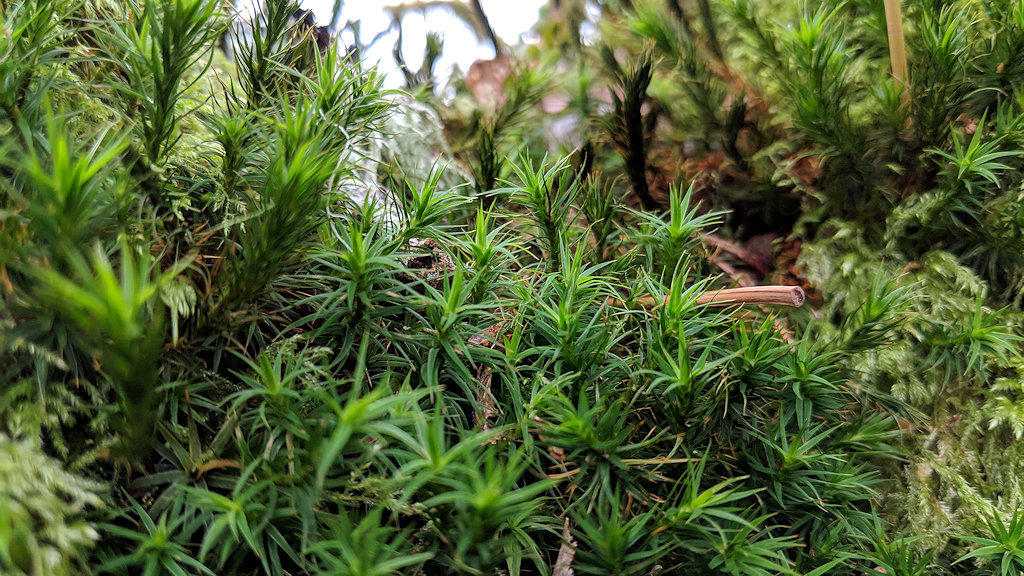 by Paul Buck
by Paul Buck - The South Zeal / Duchy of Cornwall Stones
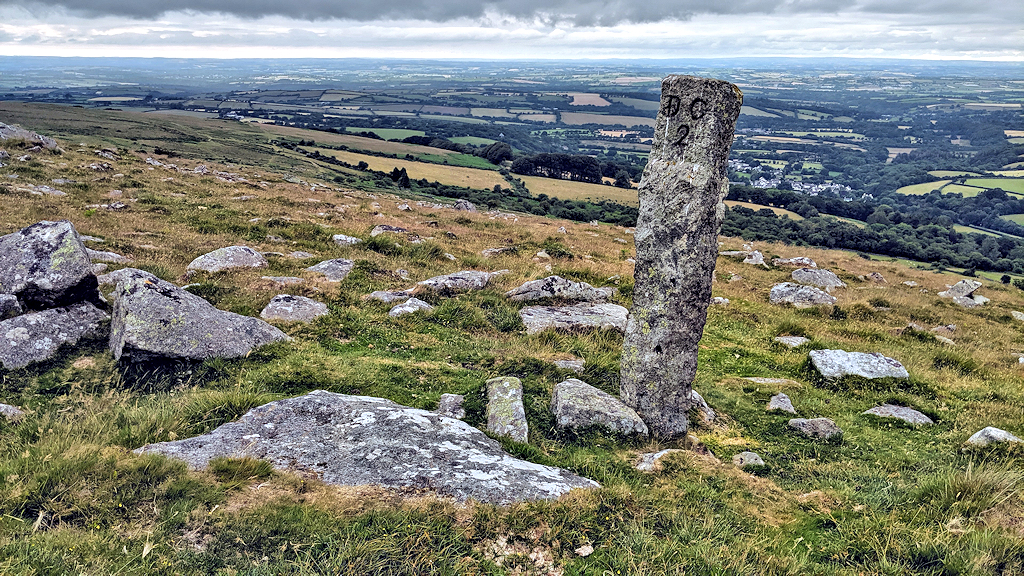 by Paul Buck
by Paul Buck - Belstone Cleave and the land beyond Sticklepath (in pictures)
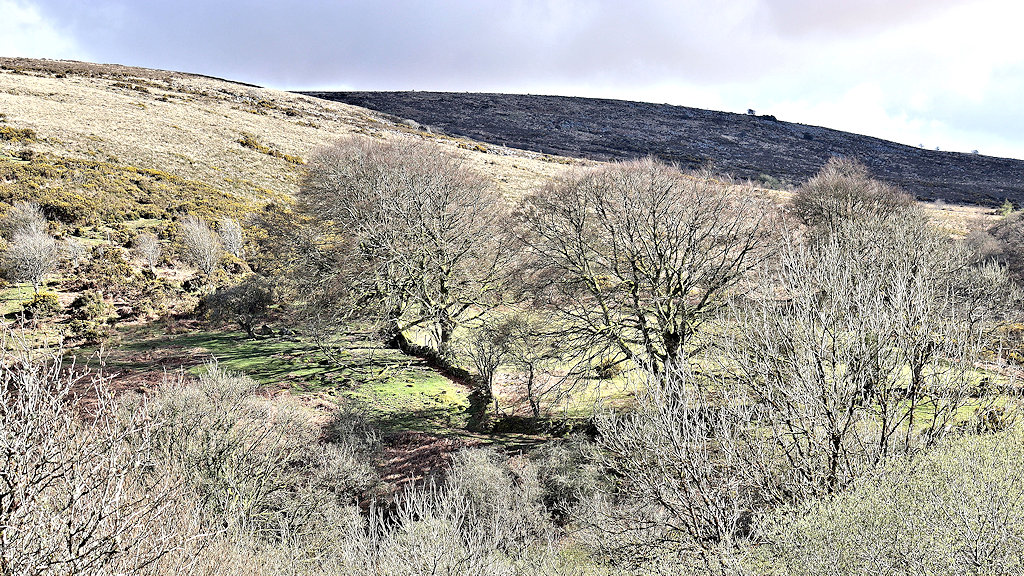 by Paul Buck
by Paul Buck - A wander out to Valley of Rocks and Shelstone Tor
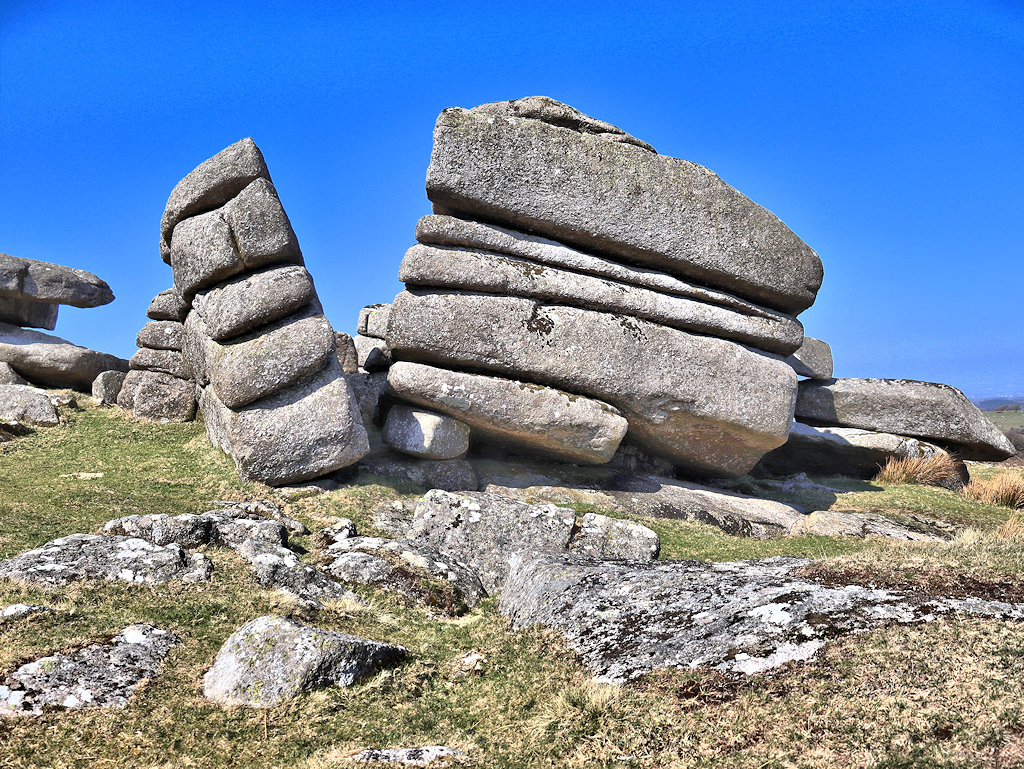 by Paul Buck
by Paul Buck - East Hill Views – New Years Day 2021
 by Paul Buck
by Paul Buck - Meldon Hill from Shapley Common
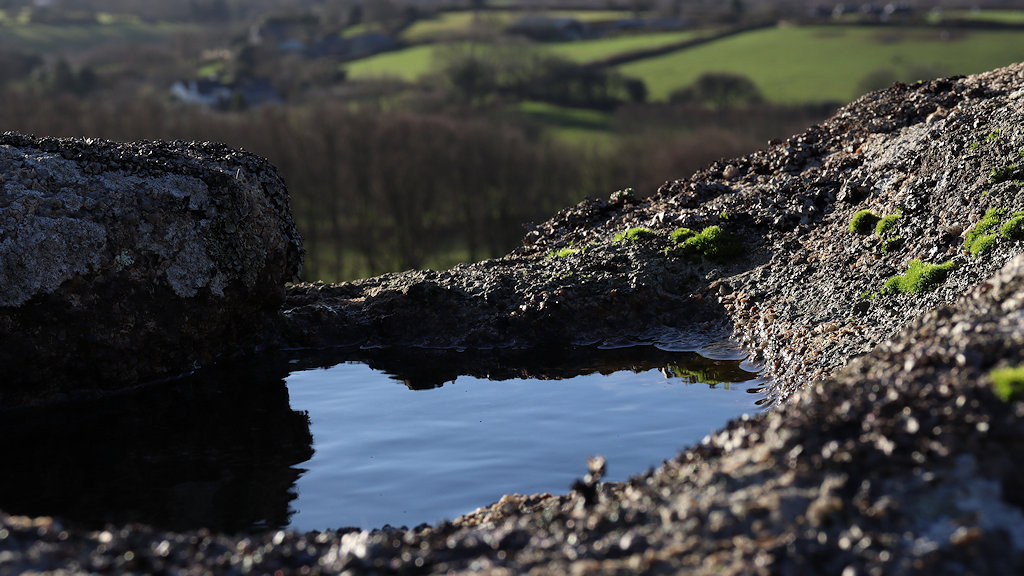 by Paul Buck
by Paul Buck - Branscombe’s Loaf Wild Camp (in pictures)
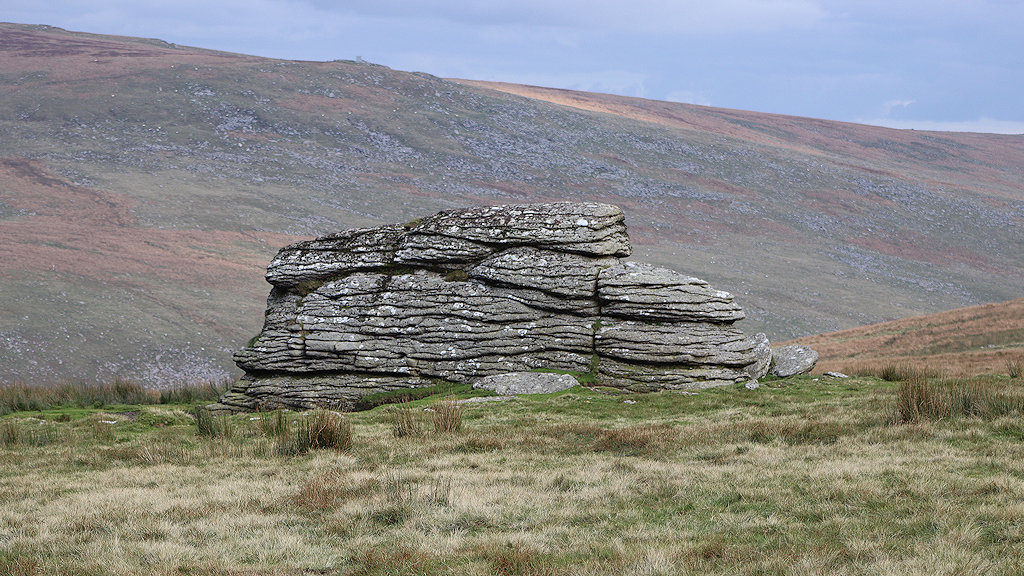 by Paul Buck
by Paul Buck - Big Whit Hill, Wild Tor, Steeperton and the Belstone Ridge (in pictures)
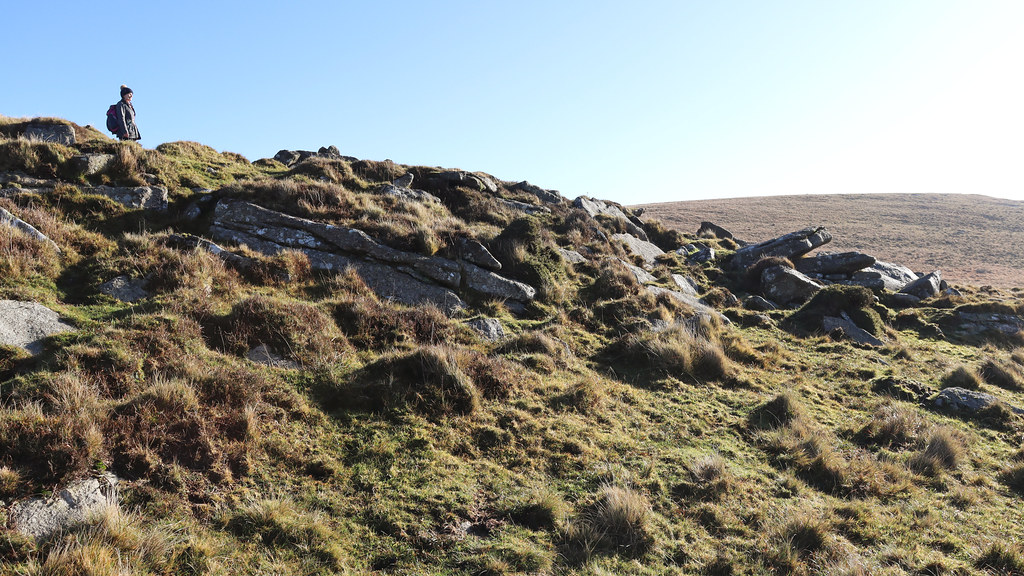 by Paul Buck
by Paul Buck - Rowtor Wild Camp
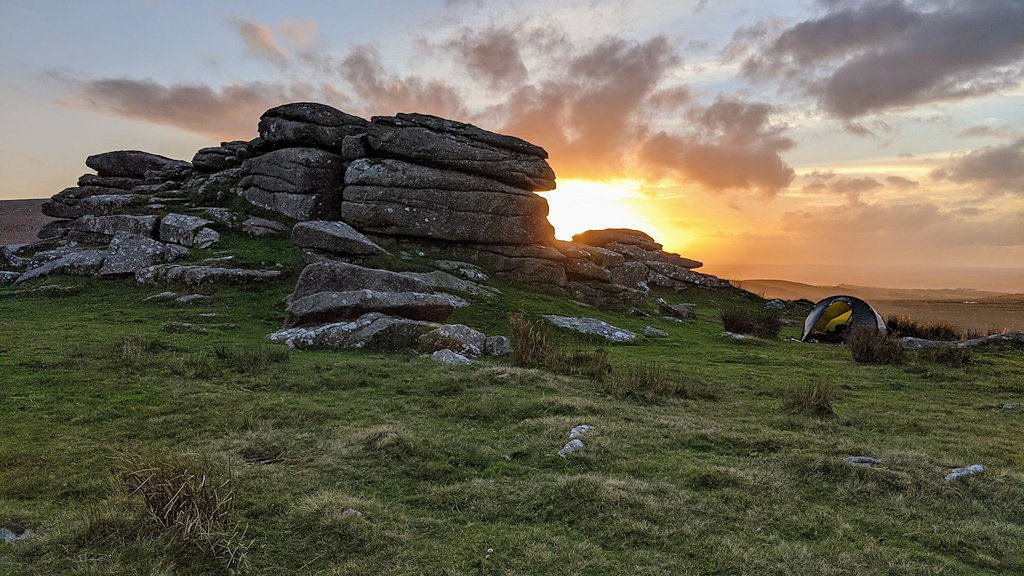 by Paul Buck
by Paul Buck - Shelstone Tor and Corn Ridge
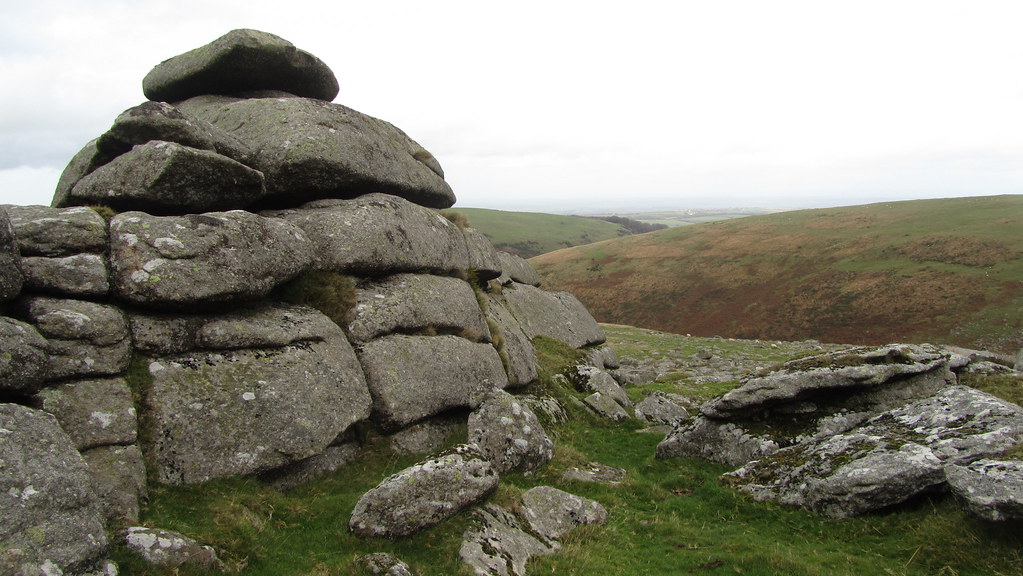 by Paul Buck
by Paul Buck - Introducing Tors of Dartmoor
 by Paul Buck
by Paul Buck - Buckland Woods: Buckland Bridge to Ausewell Woods
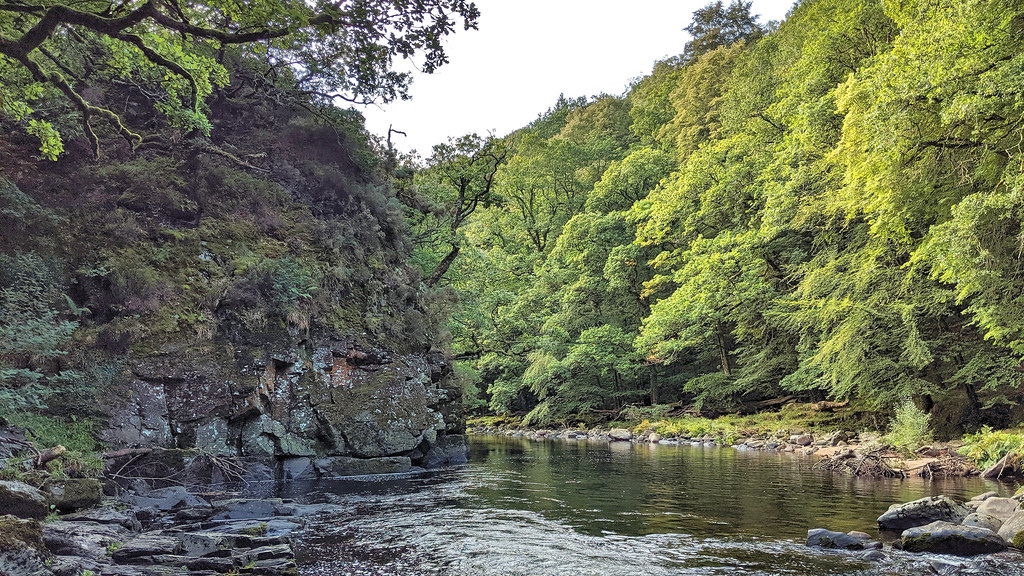 by Paul Buck
by Paul Buck - South Down, Meldon
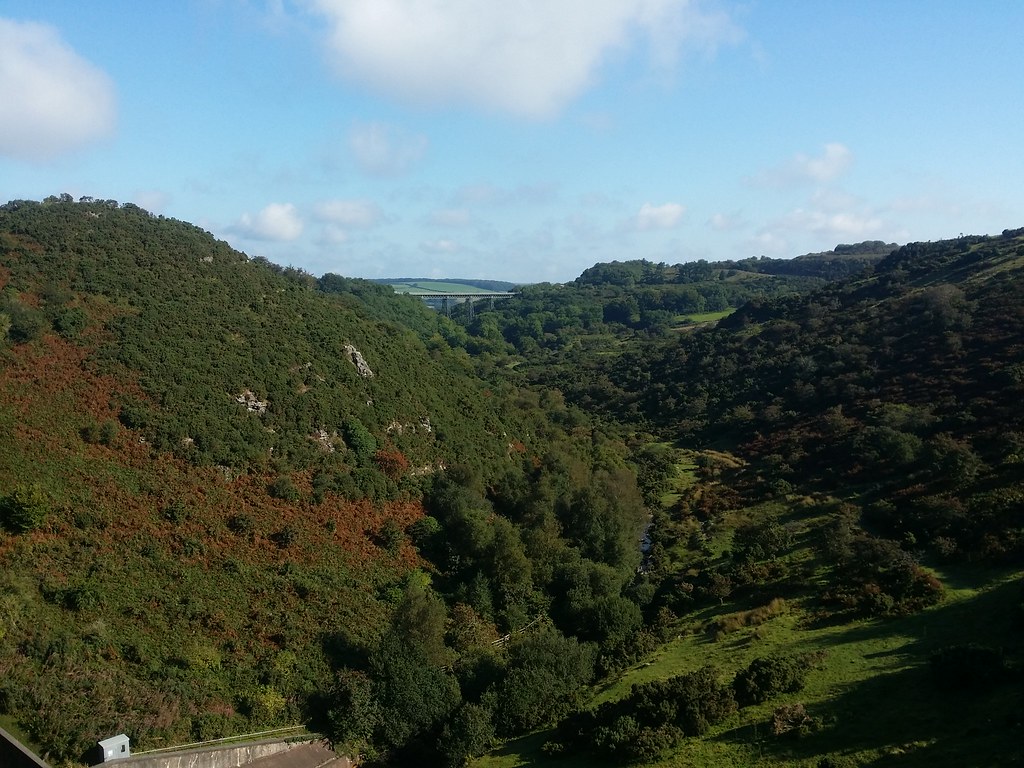 by Paul Buck
by Paul Buck - Discovering the real Black Rocks, and other outcrops
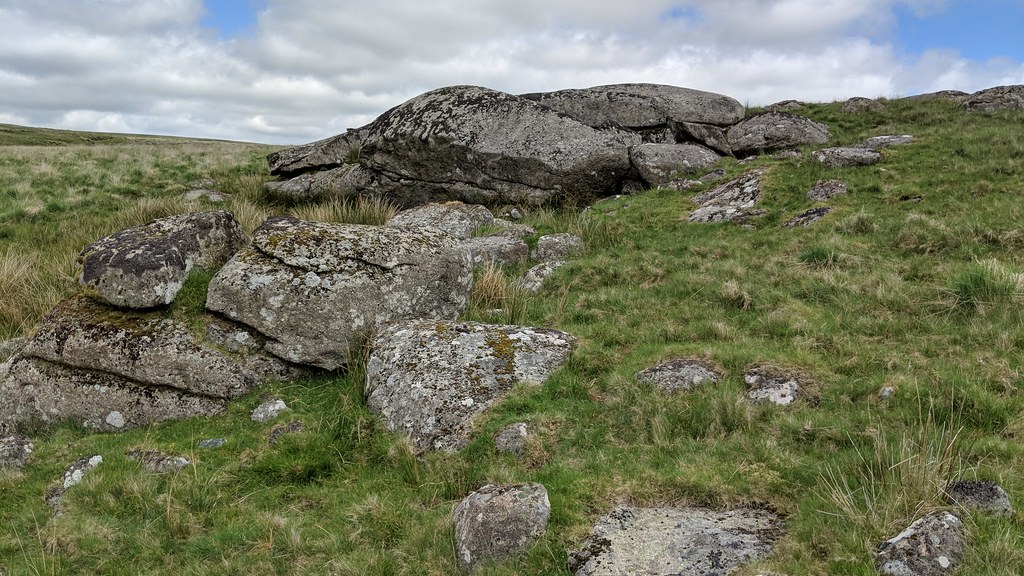 by Paul Buck
by Paul Buck - Rediscovering Strane Tor
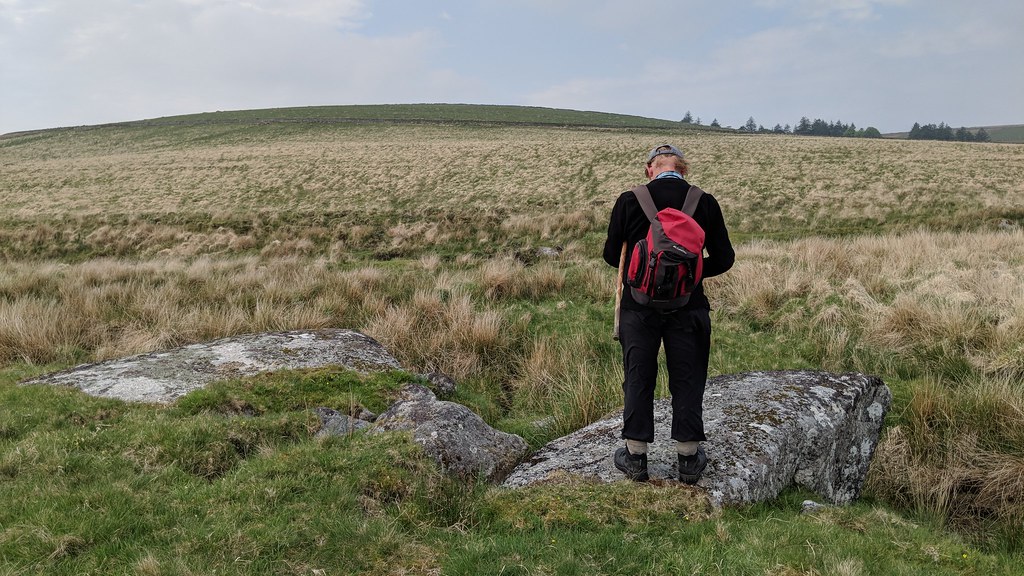 by Paul Buck
by Paul Buck - Buckland Woods: East Webburn from Lizwell Meet
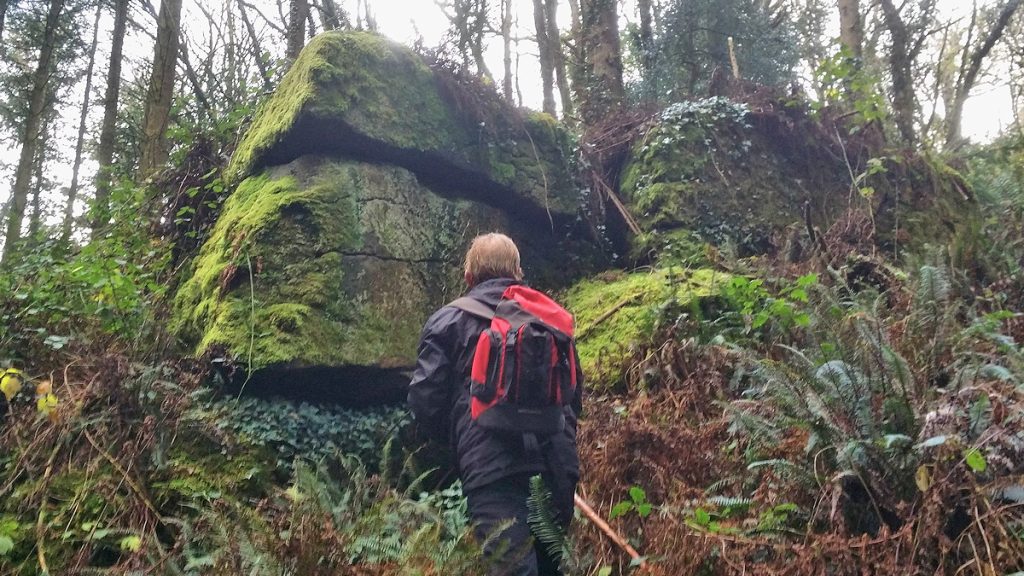 by Paul Buck
by Paul Buck - Shillyrock or William Crossings’ “Druid’s Altar”
 by Paul Buck
by Paul Buck - In Search of Hollowpark Rock
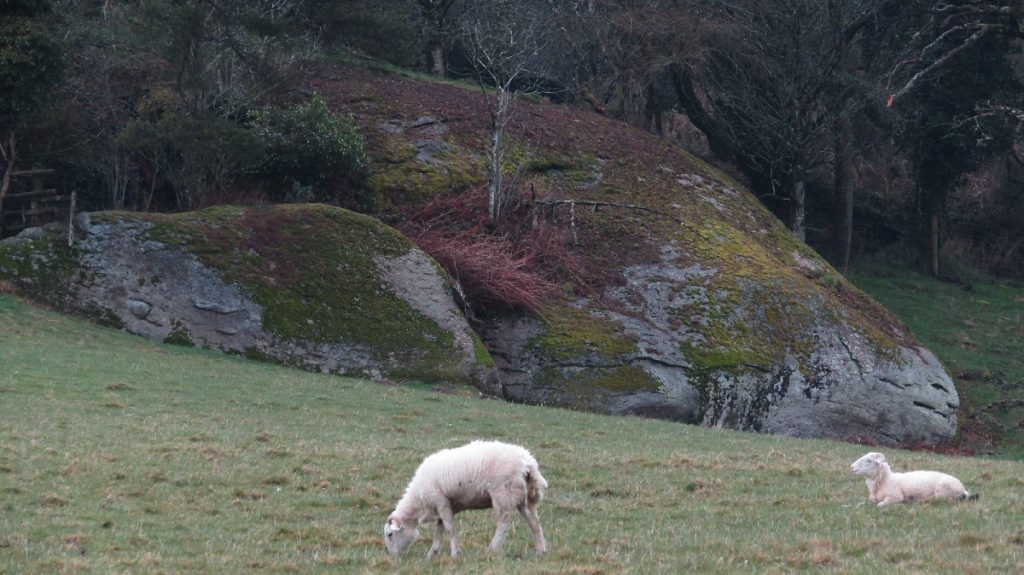 by Paul Buck
by Paul Buck - Buckland Woods: Buckland Bridge to Lizwell Meet
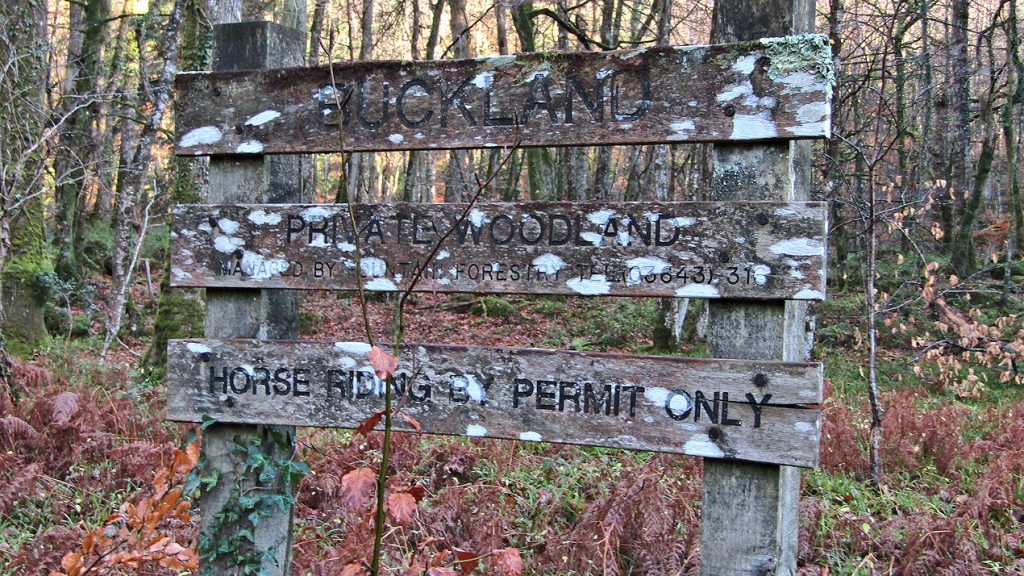 by Paul Buck
by Paul Buck - A rummage around Canonteign Down
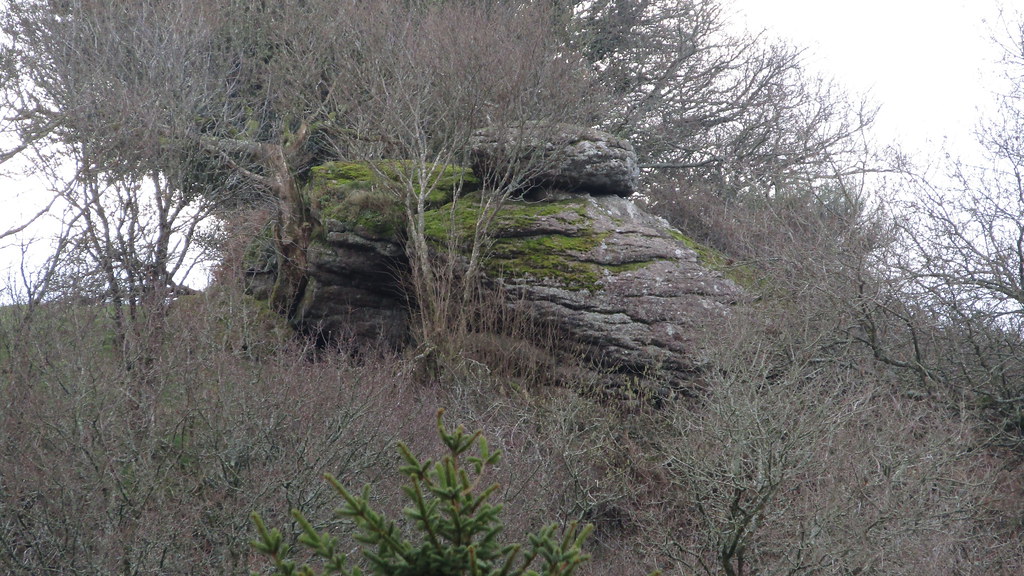 by Paul Buck
by Paul Buck - The Tors and Rocks of Blackadon Down
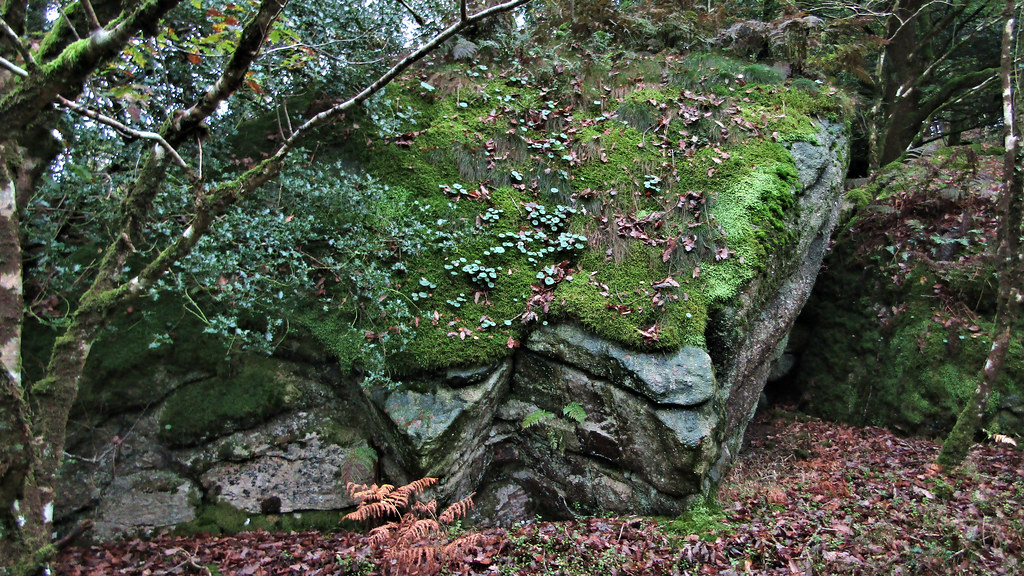 by Paul Buck
by Paul Buck - Bee Tor (with kind permission)
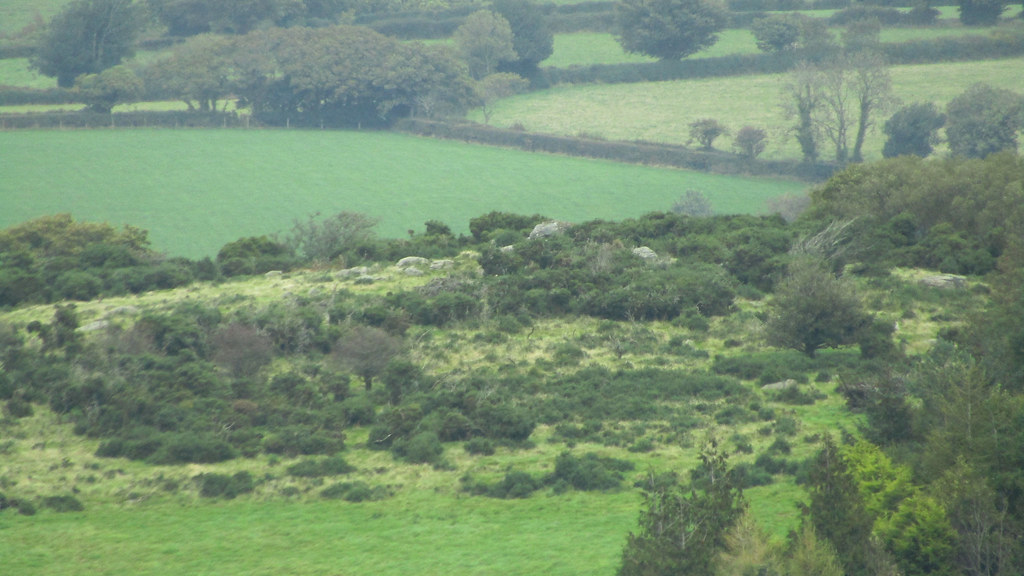 by Paul Buck
by Paul Buck - Ausewell Woods (with kind permission)
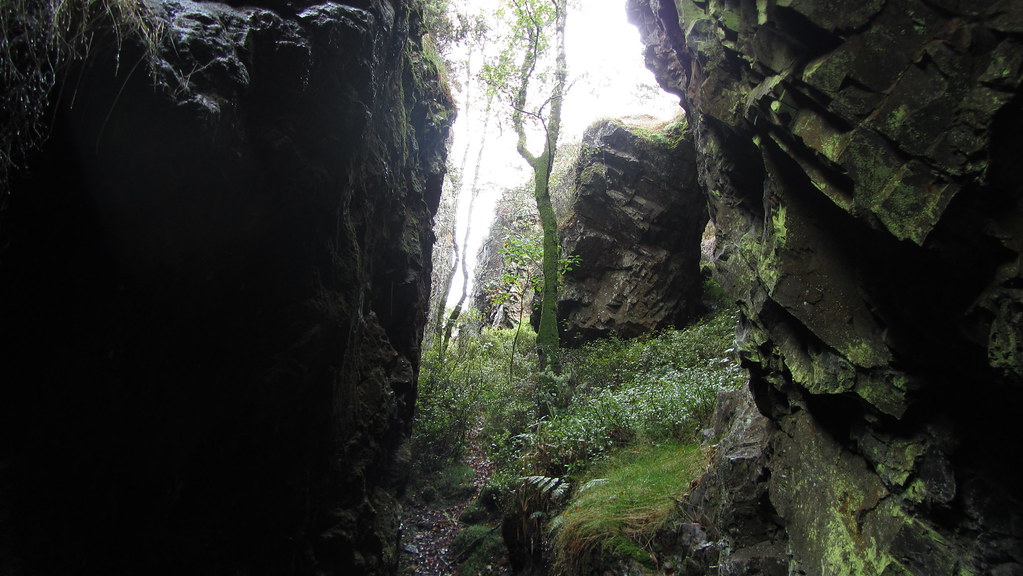 by Paul Buck
by Paul Buck - Coombe Tor
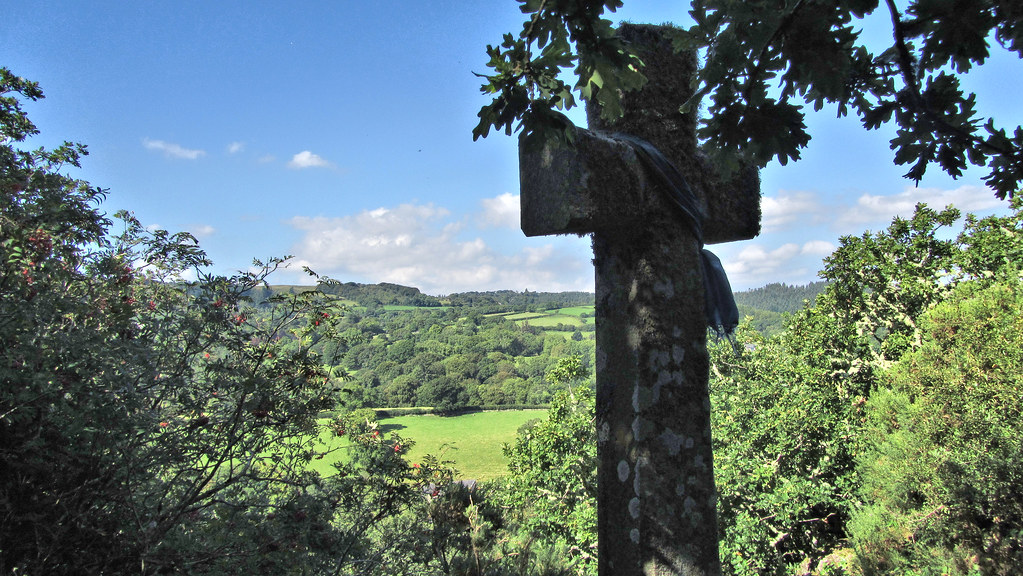 by Paul Buck
by Paul Buck - The search for “Granate” Tor
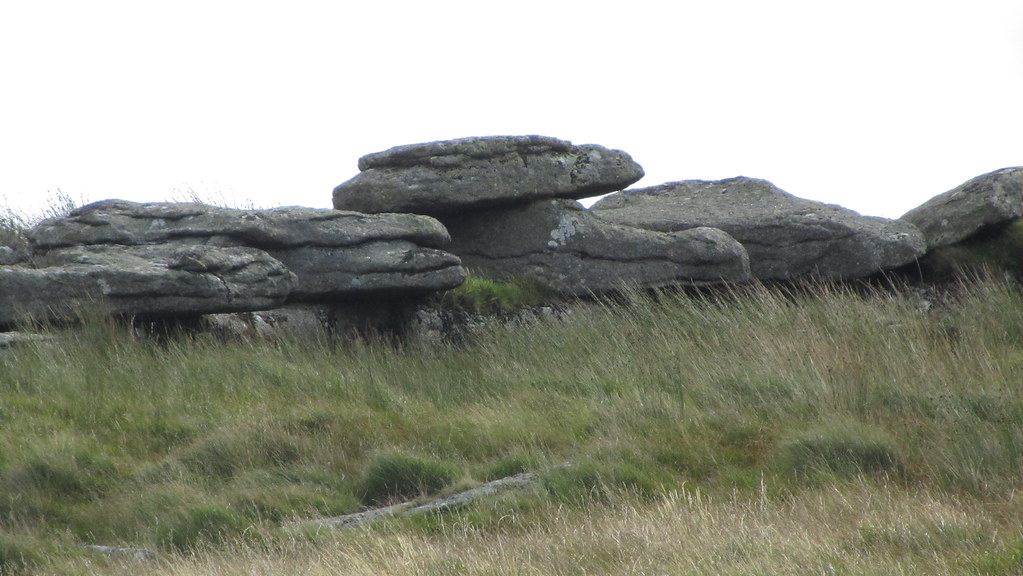 by Paul Buck
by Paul Buck - Dartmoor: Hyner Rocks
 by Paul Buck
by Paul Buck - Oddy, Nympenhole, Viper – separating fact from fiction
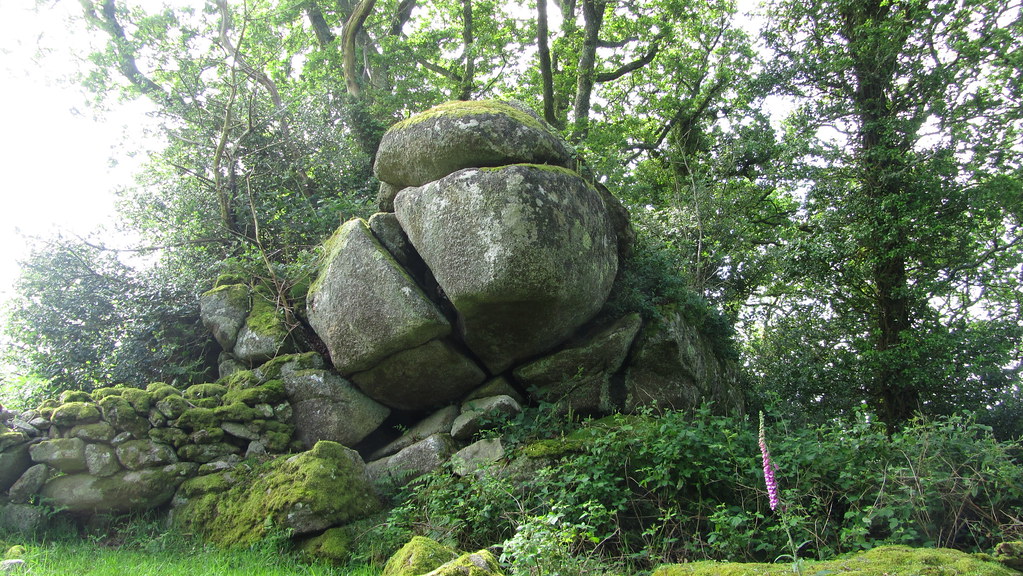 by Paul Buck
by Paul Buck - Gibby Combe Tor
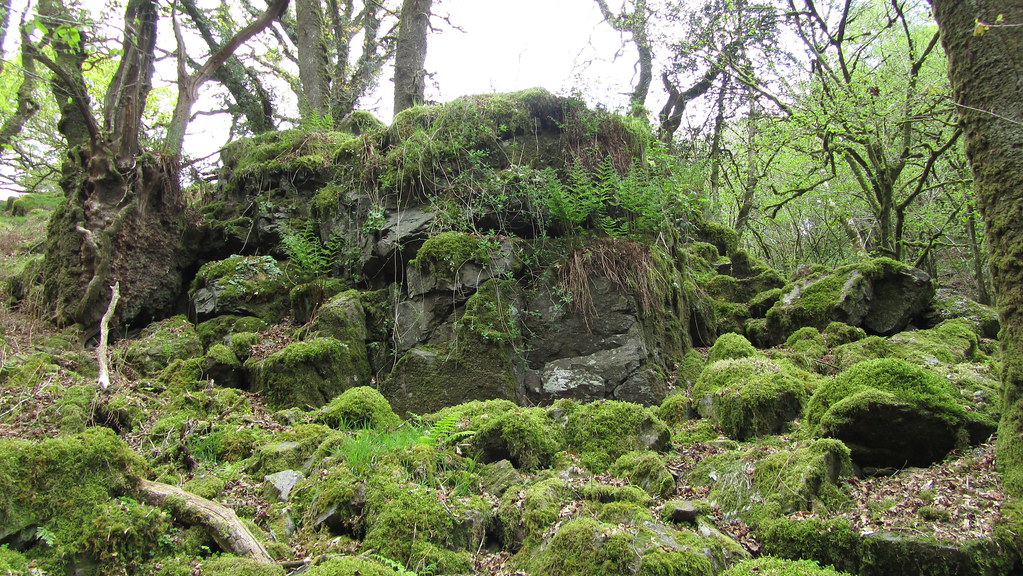 by Paul Buck
by Paul Buck - Holne Chase (with kind permission)
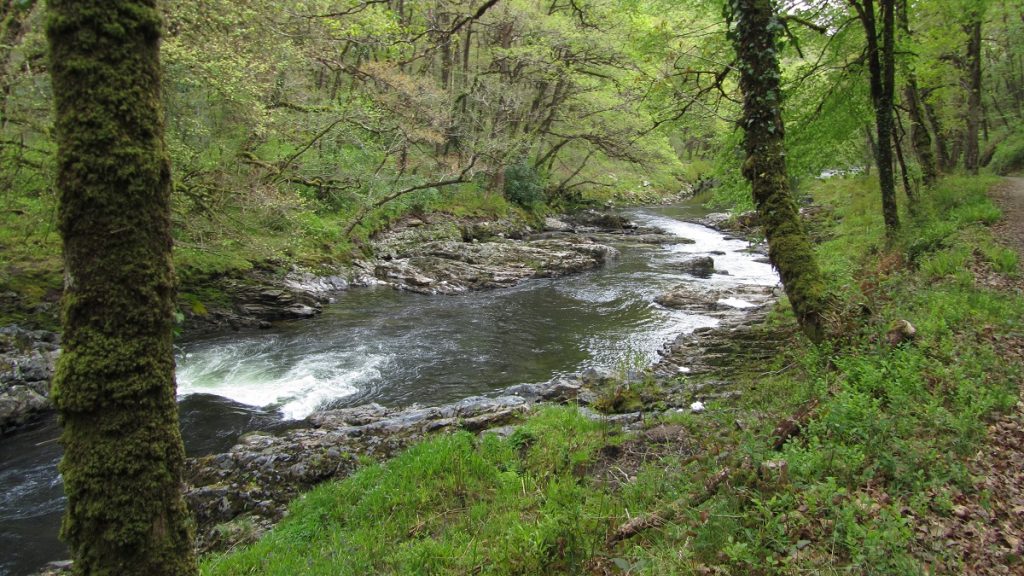 by Paul Buck
by Paul Buck - Torrycombe Tor, Crownhill Tor
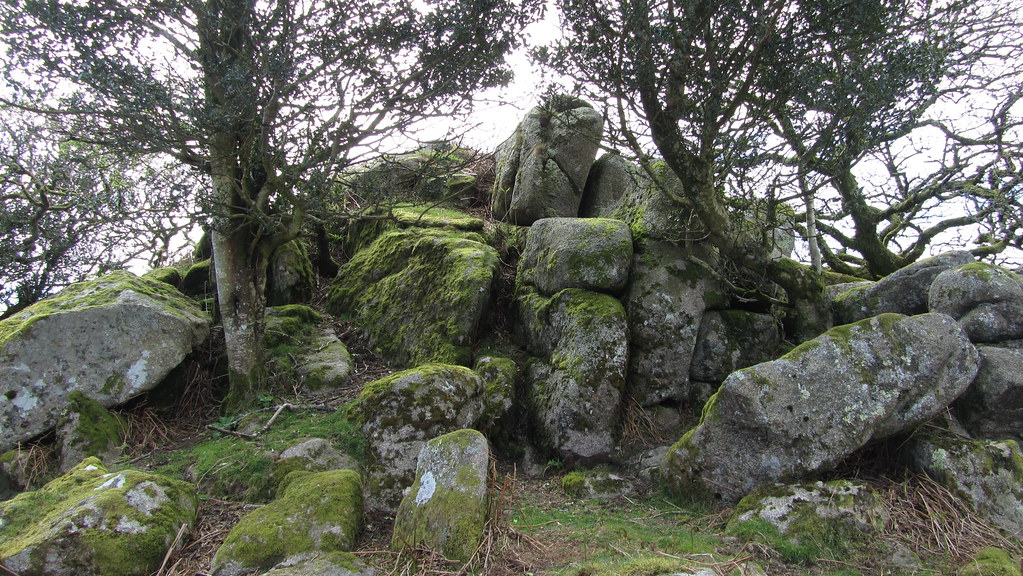 by Paul Buck
by Paul Buck - Foxes’ Yard, a Round of Beef and rethinking Water Rock
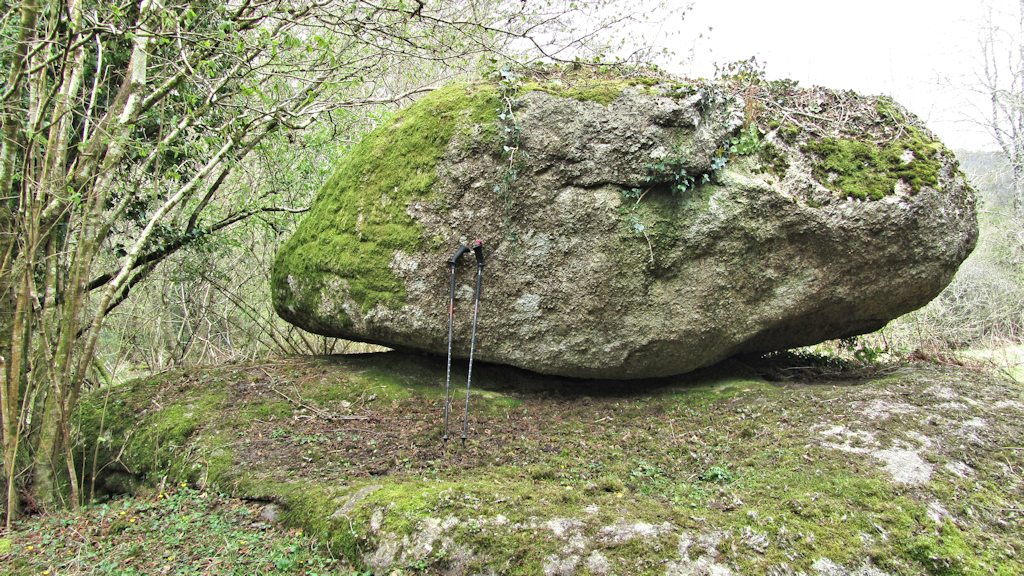 by Paul Buck
by Paul Buck - Was Tor
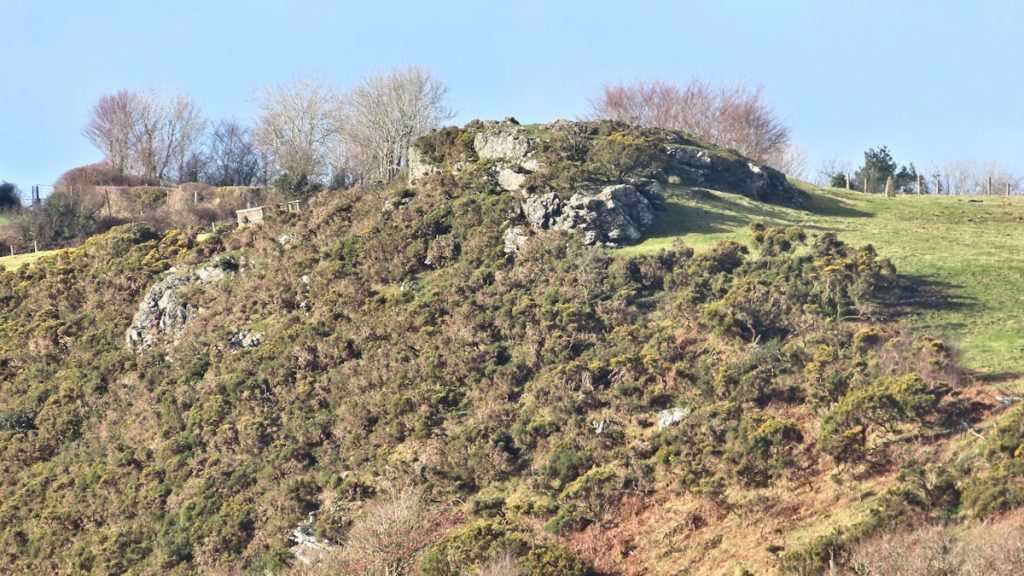 by Paul Buck
by Paul Buck - Tors and Rocks from Cadover Bridge
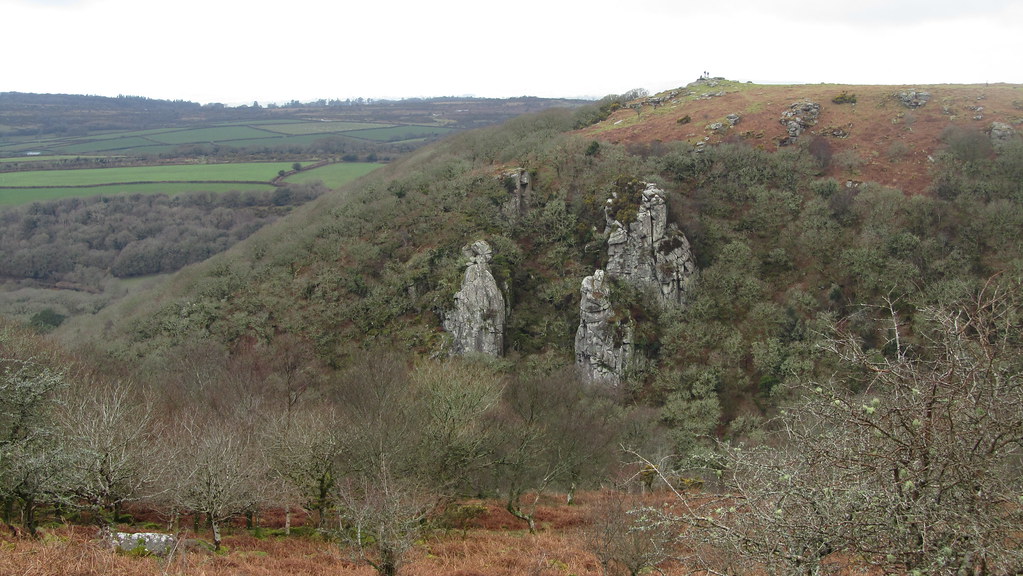 by Paul Buck
by Paul Buck - In Search of Chub Tor
 by Paul Buck
by Paul Buck - Tors of Dartmoor: The beginning?
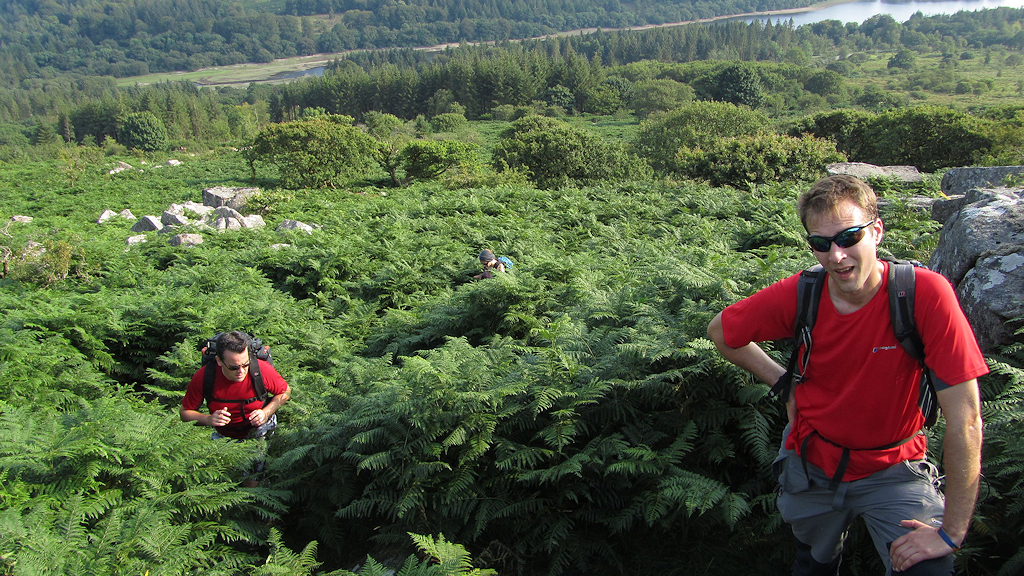 by Paul Buck
by Paul Buck - The Bibbulmun Track – Denmark to Albany
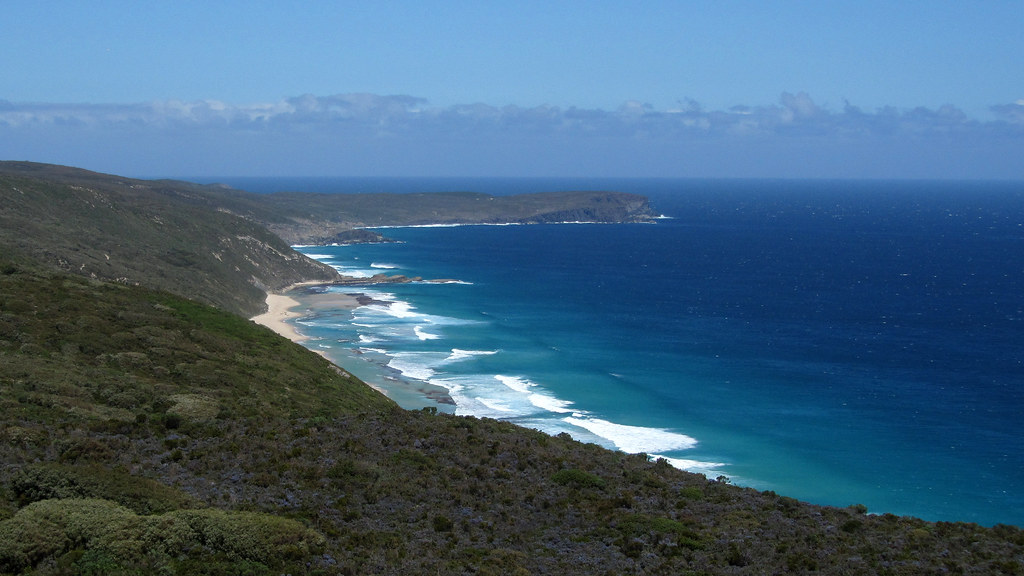 by Paul Buck
by Paul Buck - The Bibbulmun Track – Walpole to Denmark
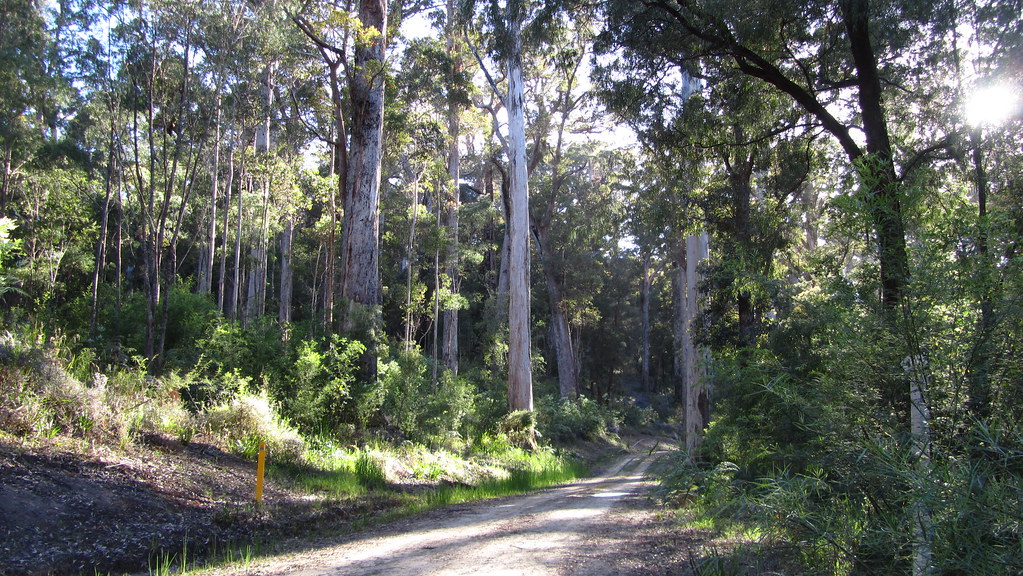 by Paul Buck
by Paul Buck - The Bibbulmun Track – Northcliffe to Walpole
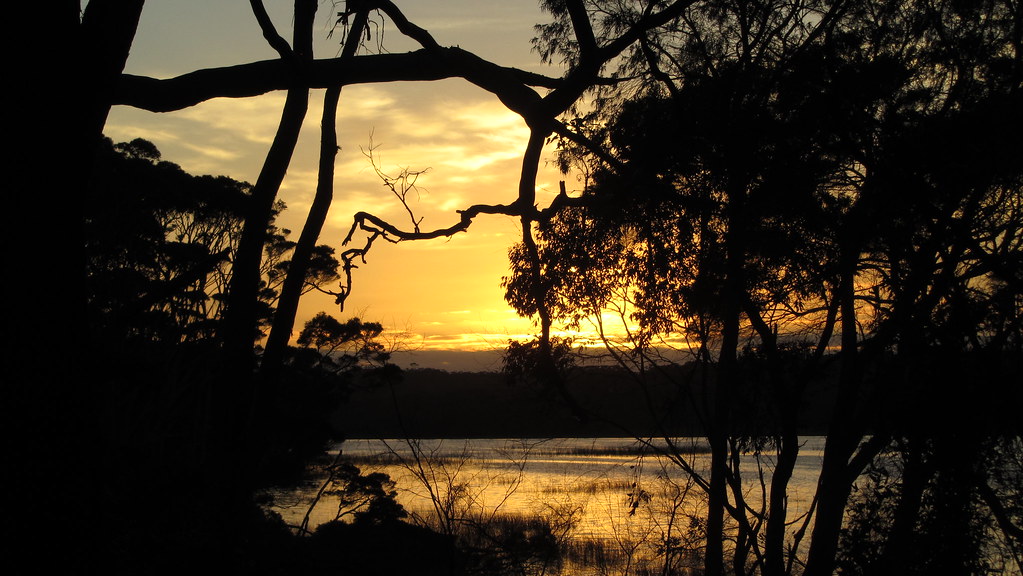 by Paul Buck
by Paul Buck - The Bibbulmun Track – Pemberton to Northcliffe
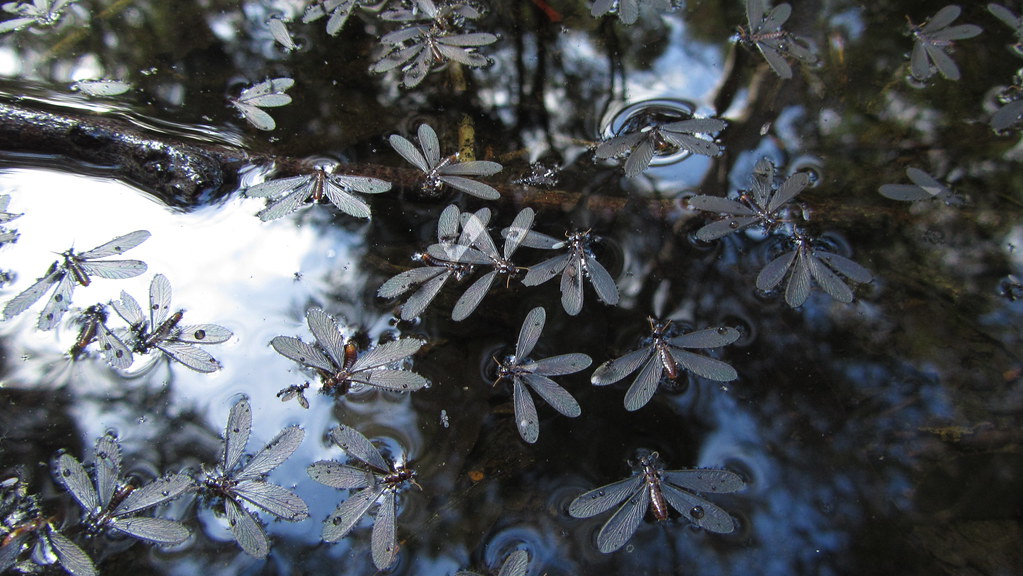 by Paul Buck
by Paul Buck - The Bibbulmun Track – Balingup to Pemberton
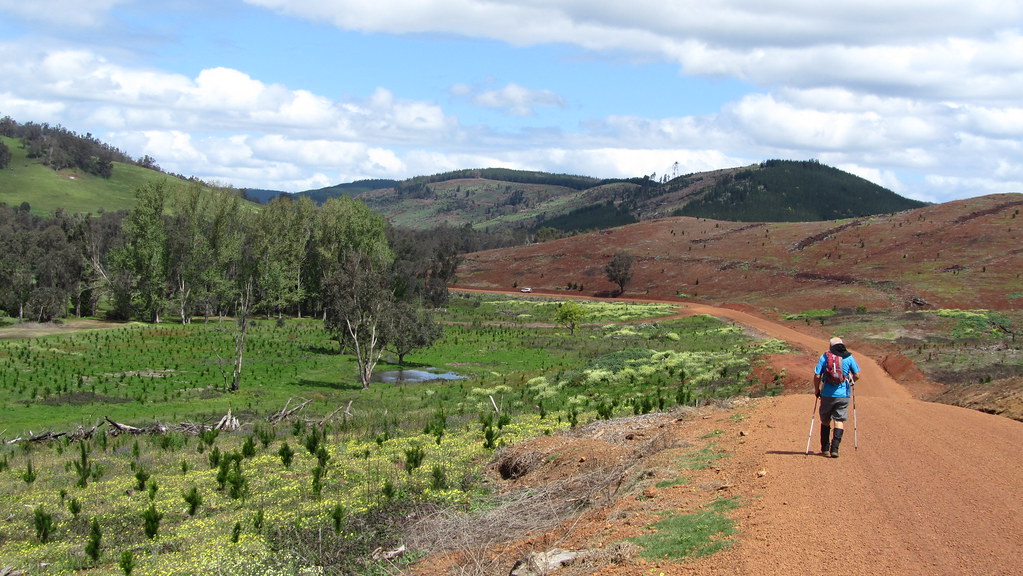 by Paul Buck
by Paul Buck - The Bibbulmun Track – Collie to Balingup
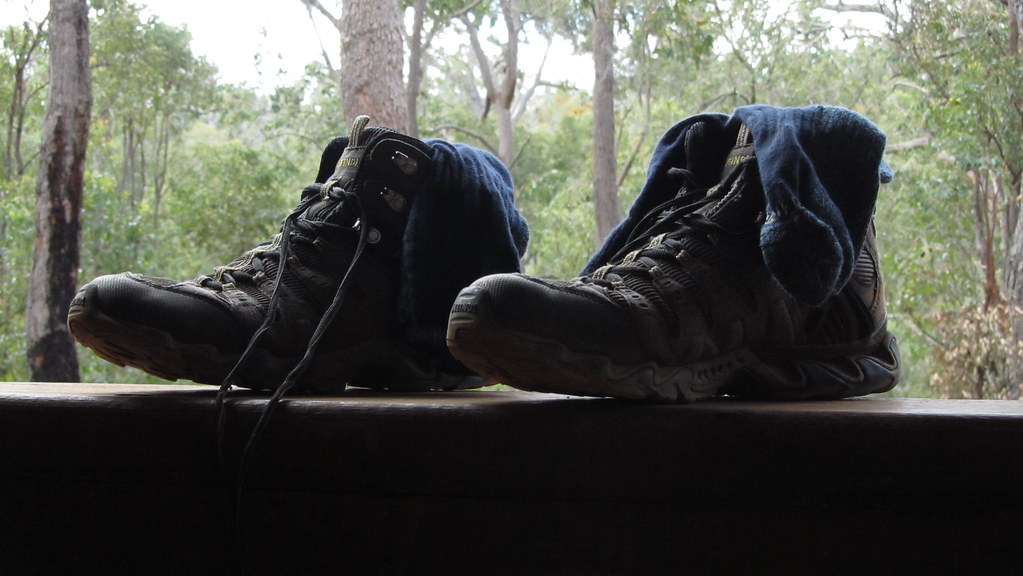 by Paul Buck
by Paul Buck - The Bibbulmun Track – Dwellingup to Collie
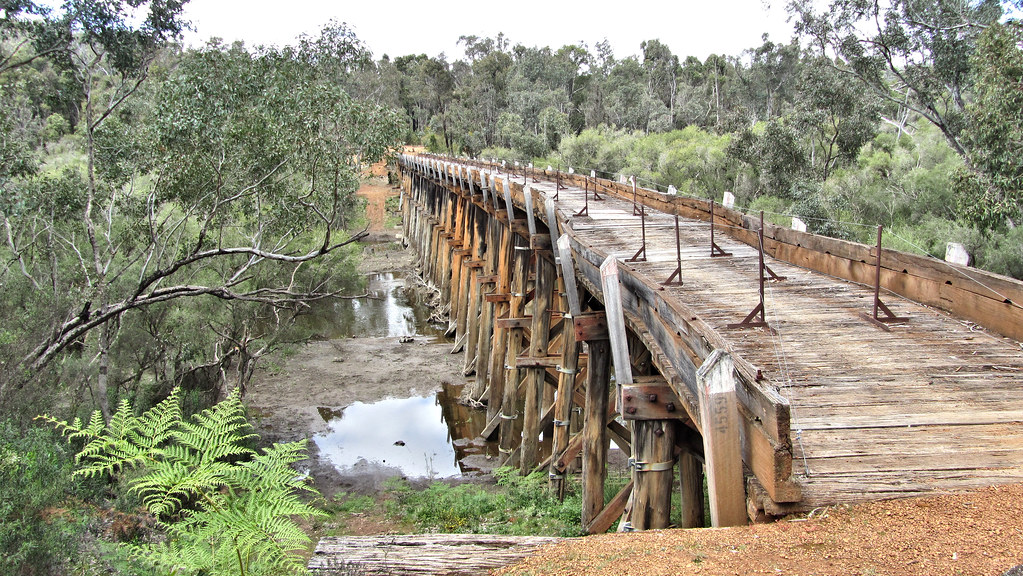 by Paul Buck
by Paul Buck - The Bibbulmun Track – Mt. Cooke to Dwellingup
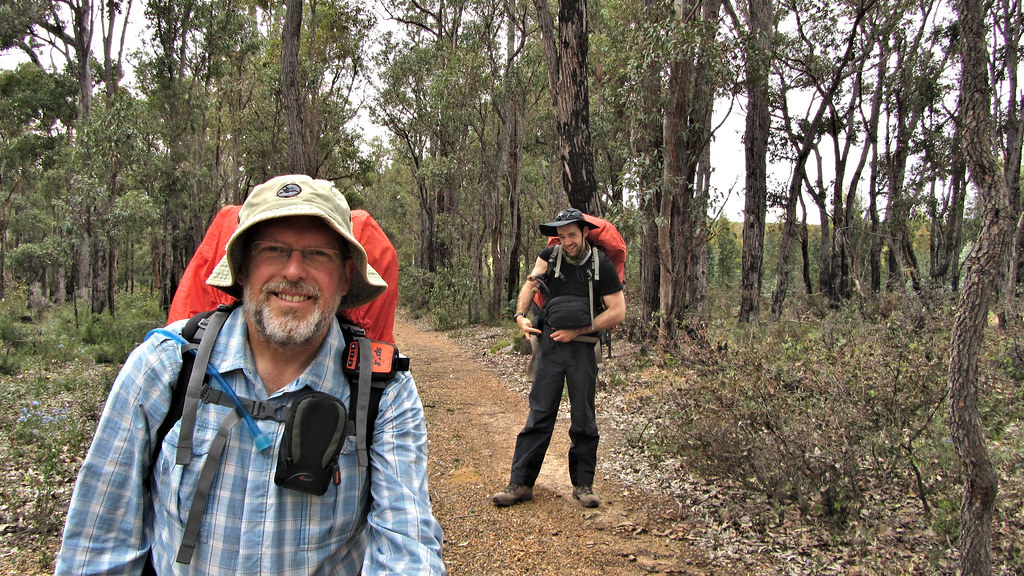 by Paul Buck
by Paul Buck - The Bibbulmun Track – Brookton to Mount Cooke
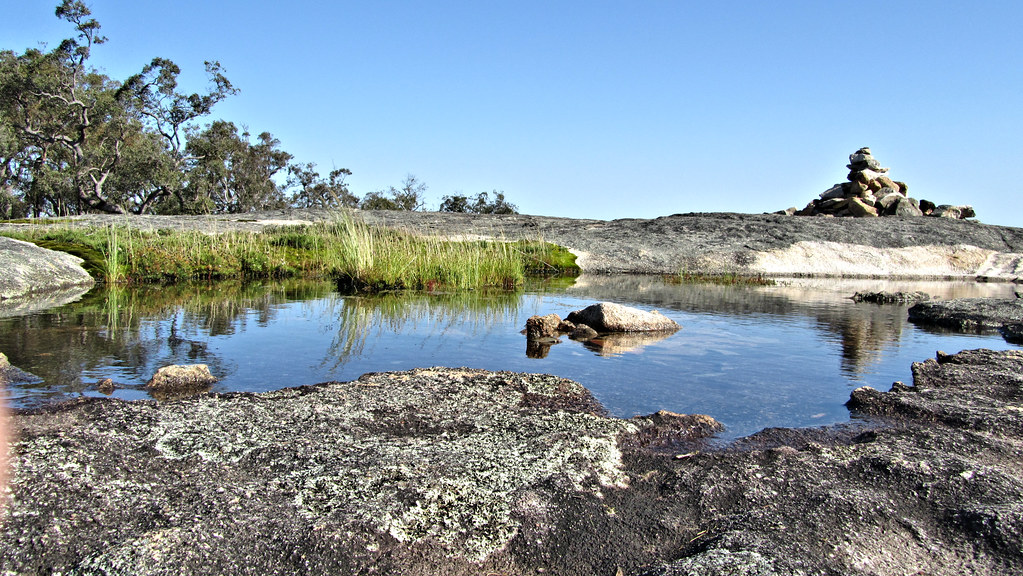 by Paul Buck
by Paul Buck - The Bibbulmun Track – Kalamunda to Brookton
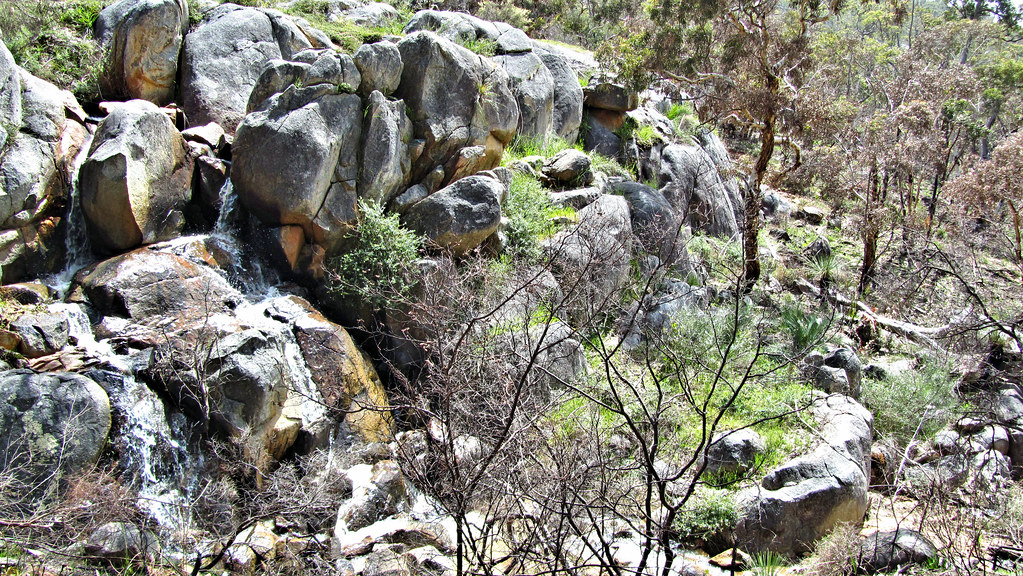 by Paul Buck
by Paul Buck - The Bibbulmun Track: WA Weather Woes
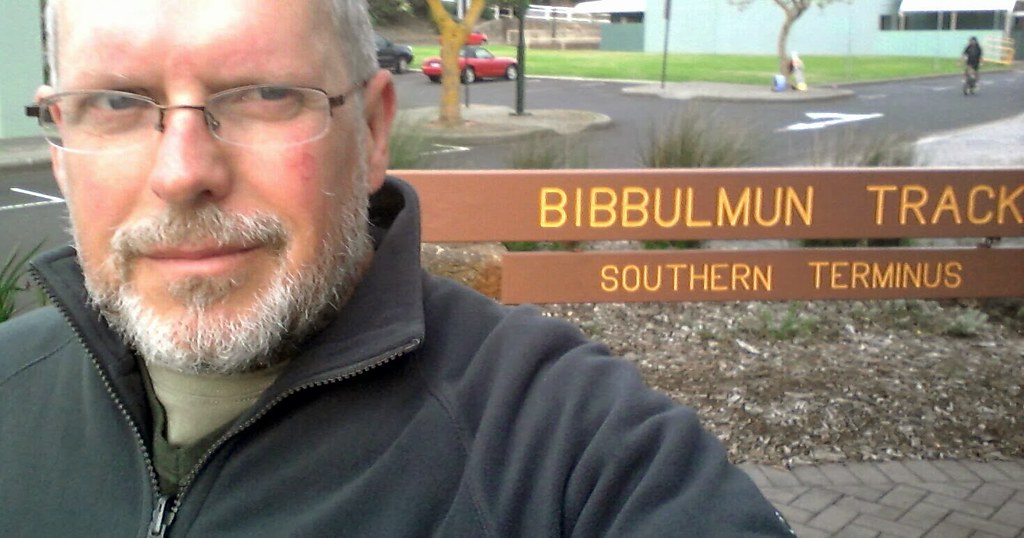 by Paul Buck
by Paul Buck - The Bibbulmun Track: final UK preparations
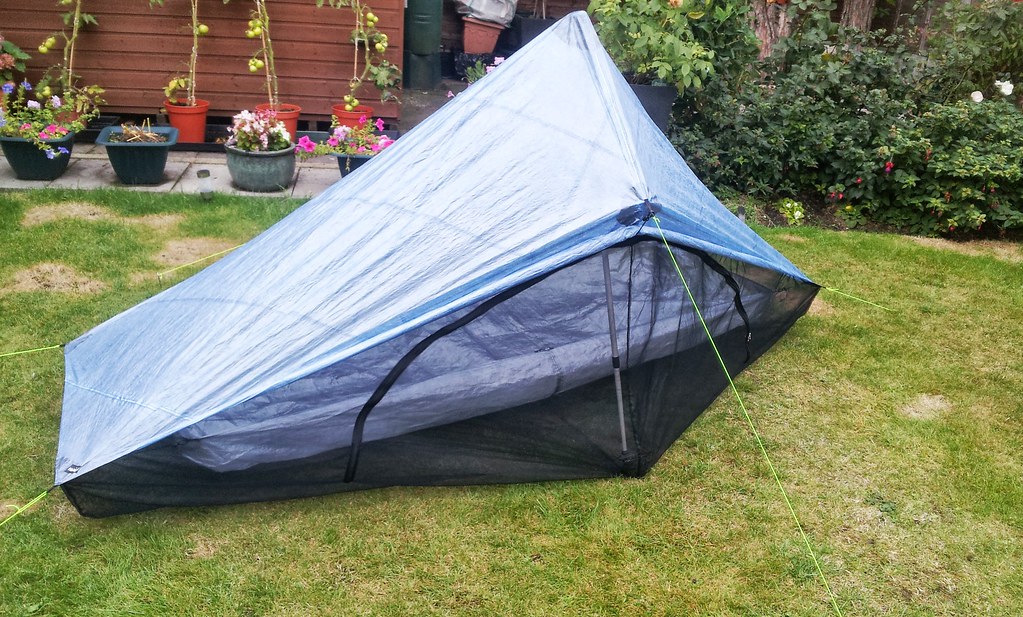 by Paul Buck
by Paul Buck - The Bibbulmun Track: my kit
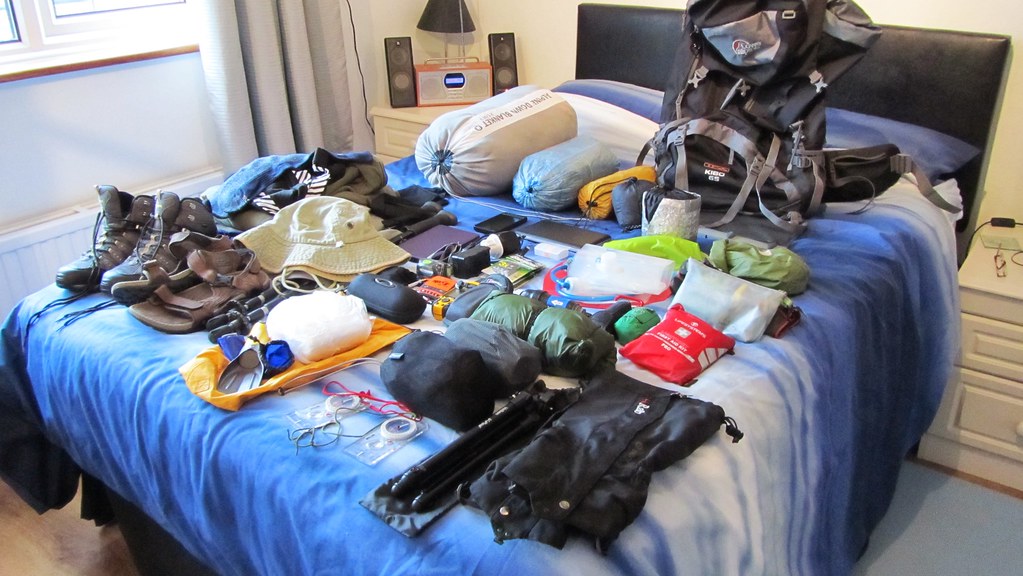 by Paul Buck
by Paul Buck - The Whitehorse Hill Cist and death on the moor!
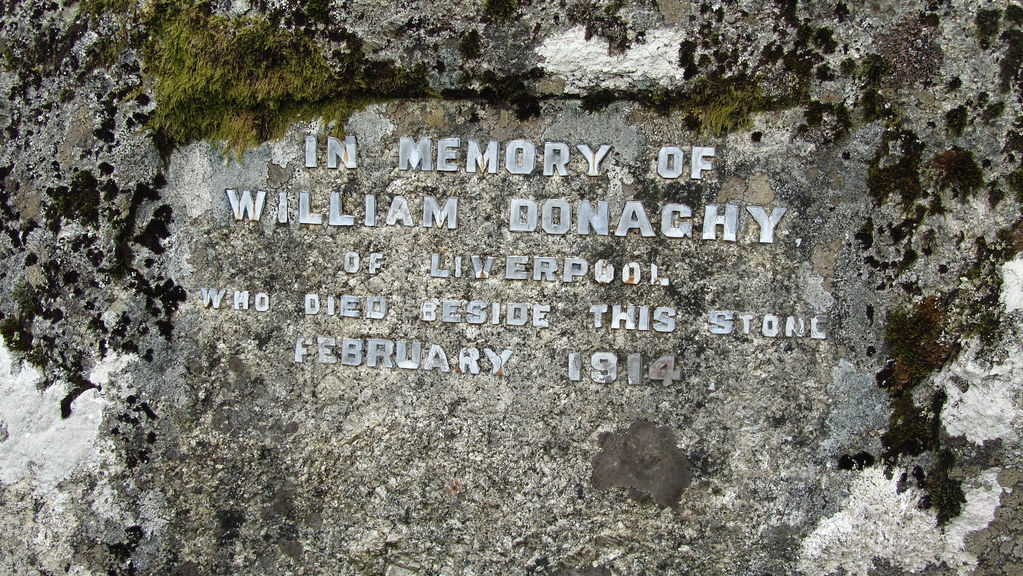 by Paul Buck
by Paul Buck - The Bibbulmun Track: An outback office
 by Paul Buck
by Paul Buck - Overland Track Day 6 – Bert Nicholls to Lake St. Clair
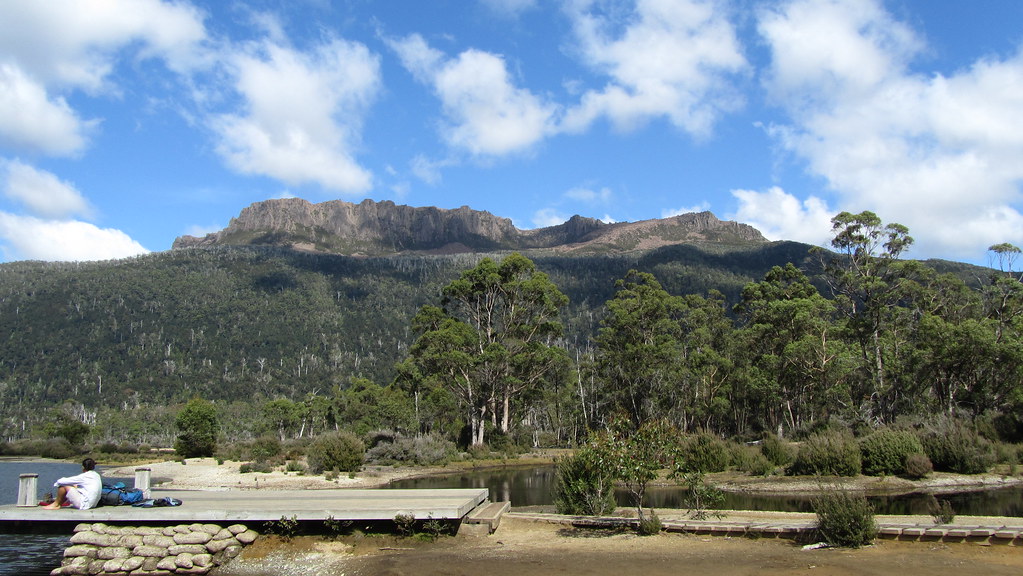 by Paul Buck
by Paul Buck - Overland Track Day 5 – Kia Ora to Bert Nichols
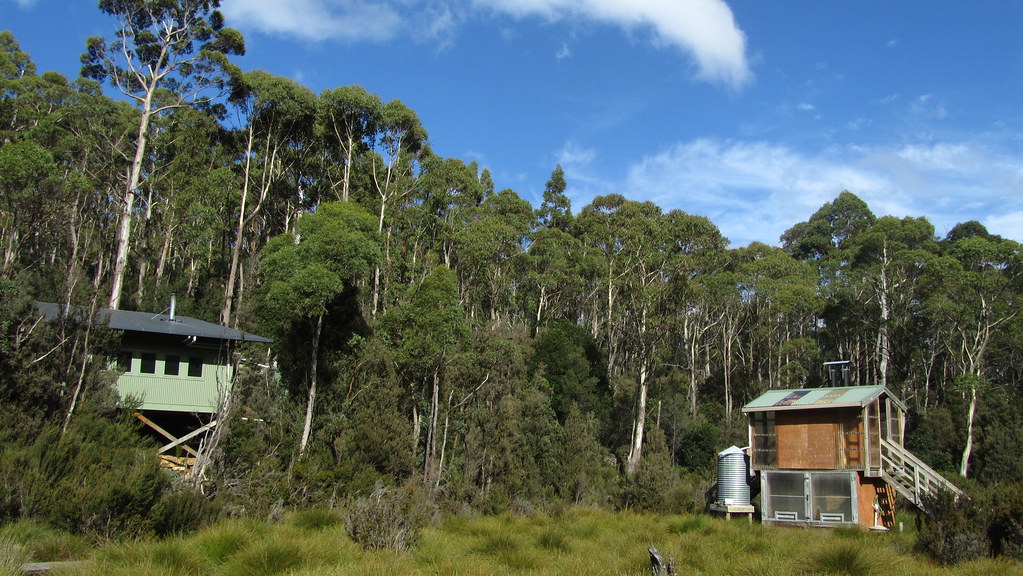 by Paul Buck
by Paul Buck - Overland Track Day 4 – New Pelion to Kia Ora
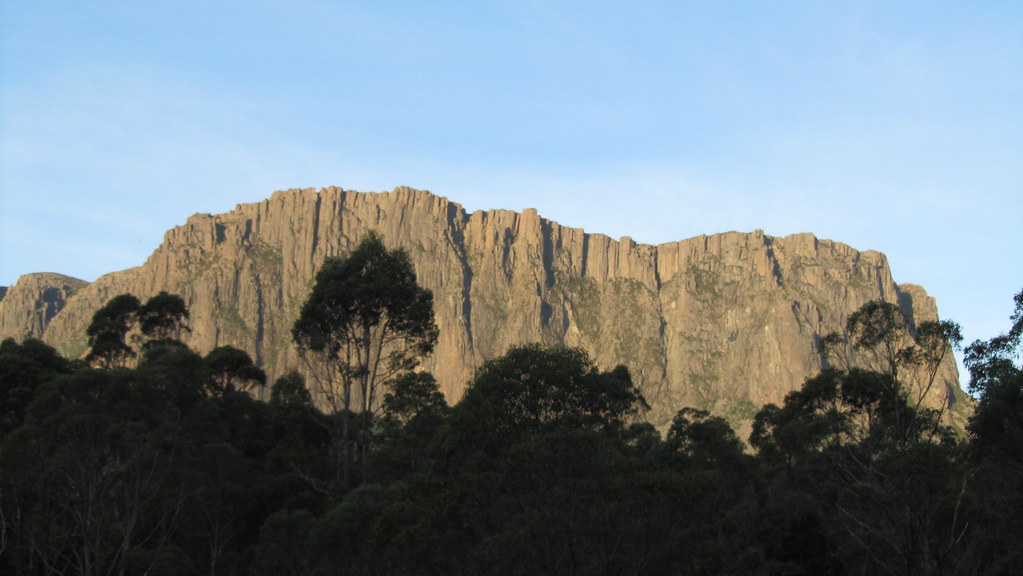 by Paul Buck
by Paul Buck - Overland Track Day 3 – Windermere to New Pelion
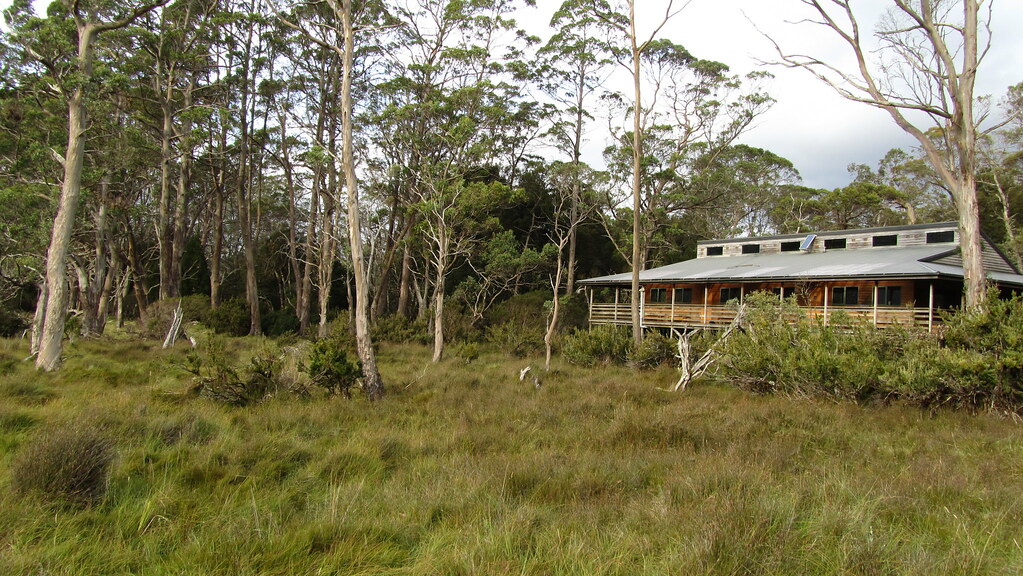 by Paul Buck
by Paul Buck - Overland Track Day 2 – Waterfall Valley to Windermere
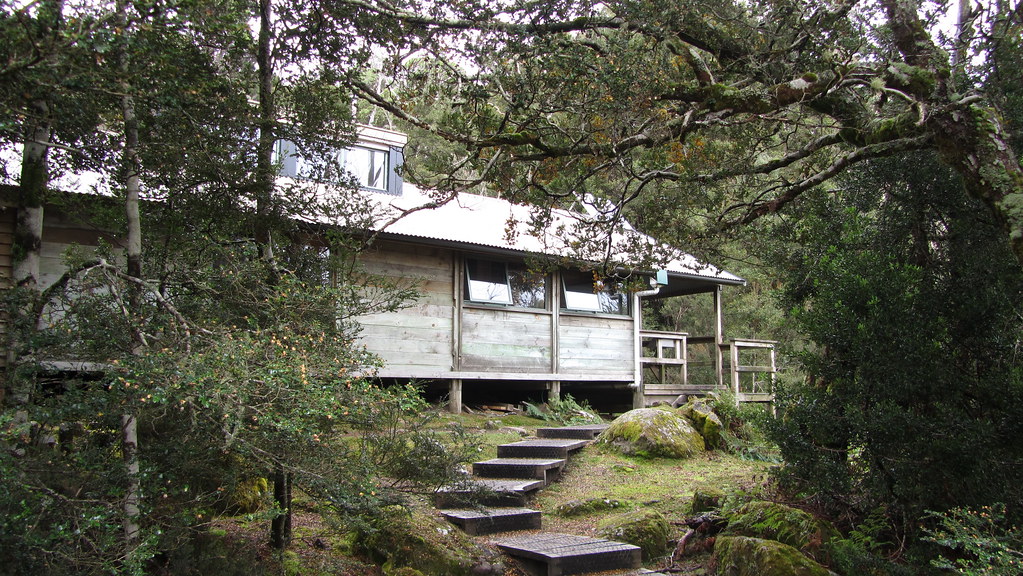 by Paul Buck
by Paul Buck - Overland Track Day 1 – Ronny Creek to Waterfall Valley
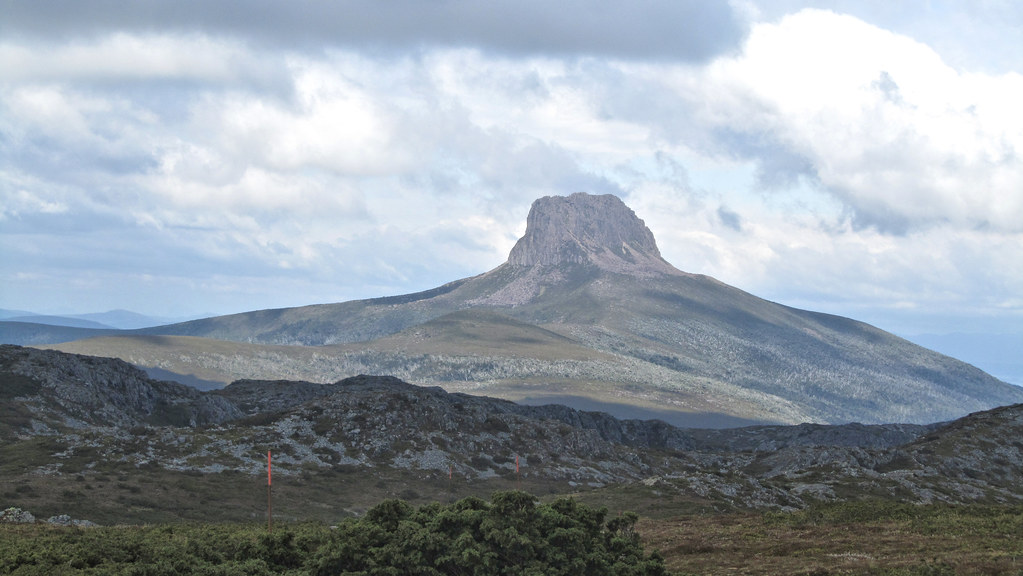 by Paul Buck
by Paul Buck - Rowtor Wild Camp
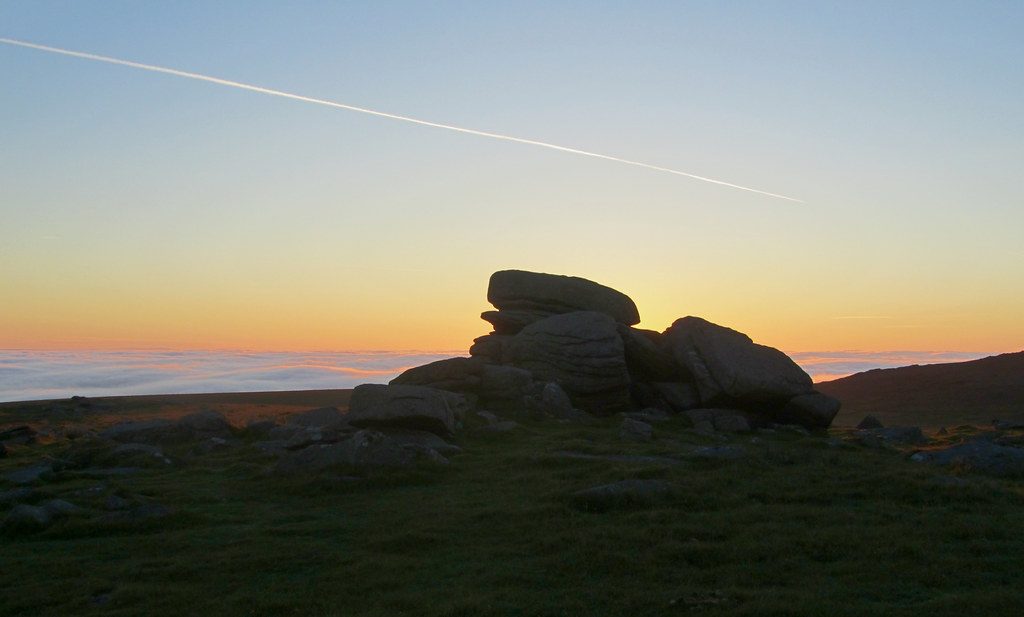 by Paul Buck
by Paul Buck - Cosdon from South Zeal
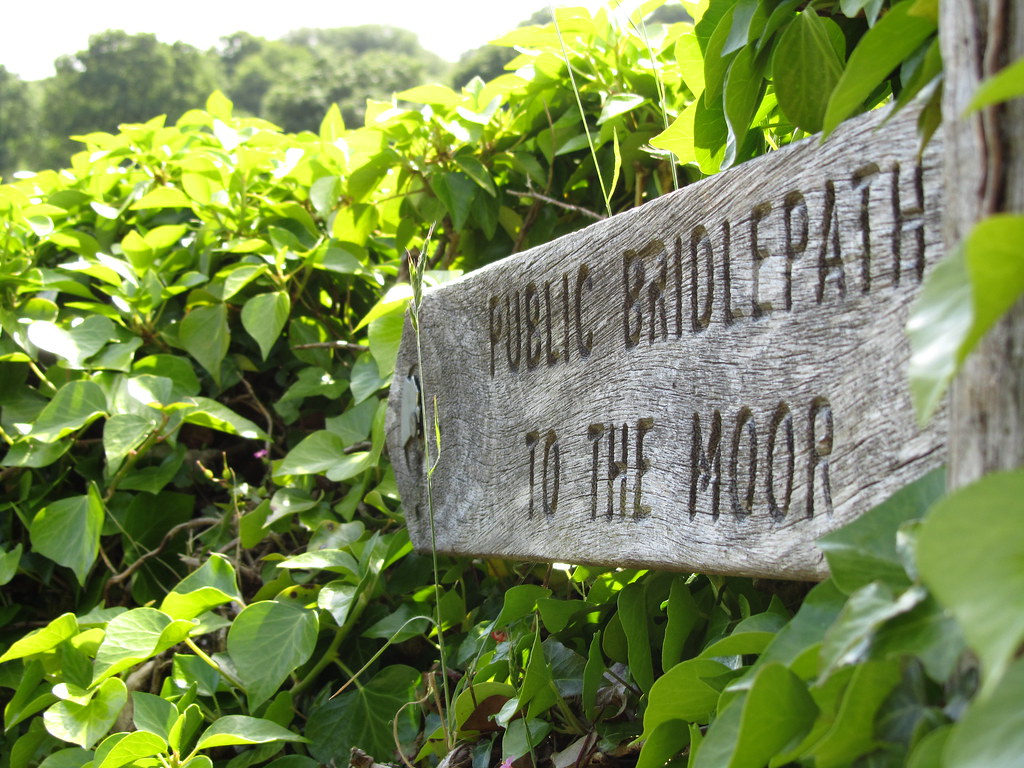 by Paul Buck
by Paul Buck - Down Tor
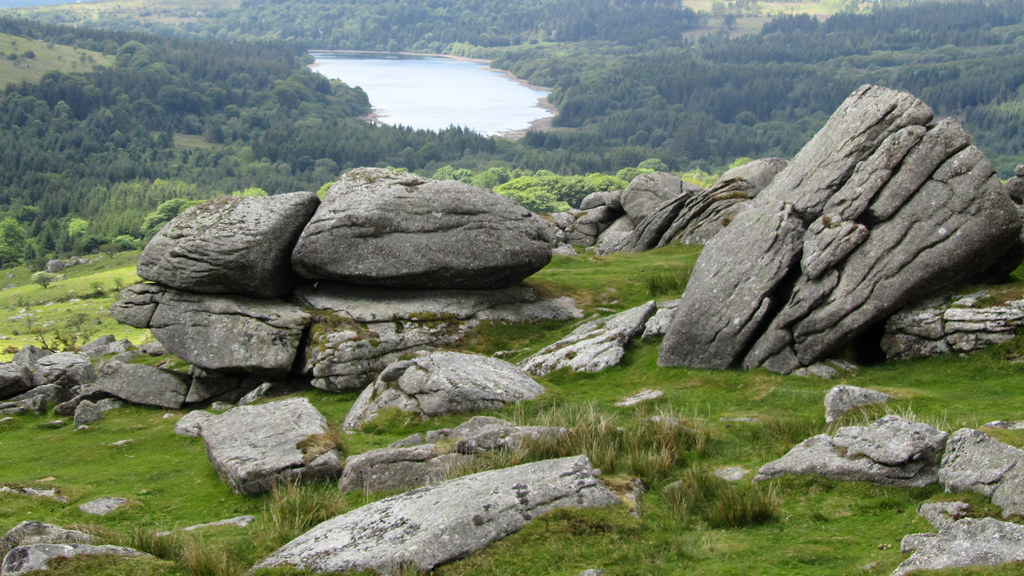 by Paul Buck
by Paul Buck
